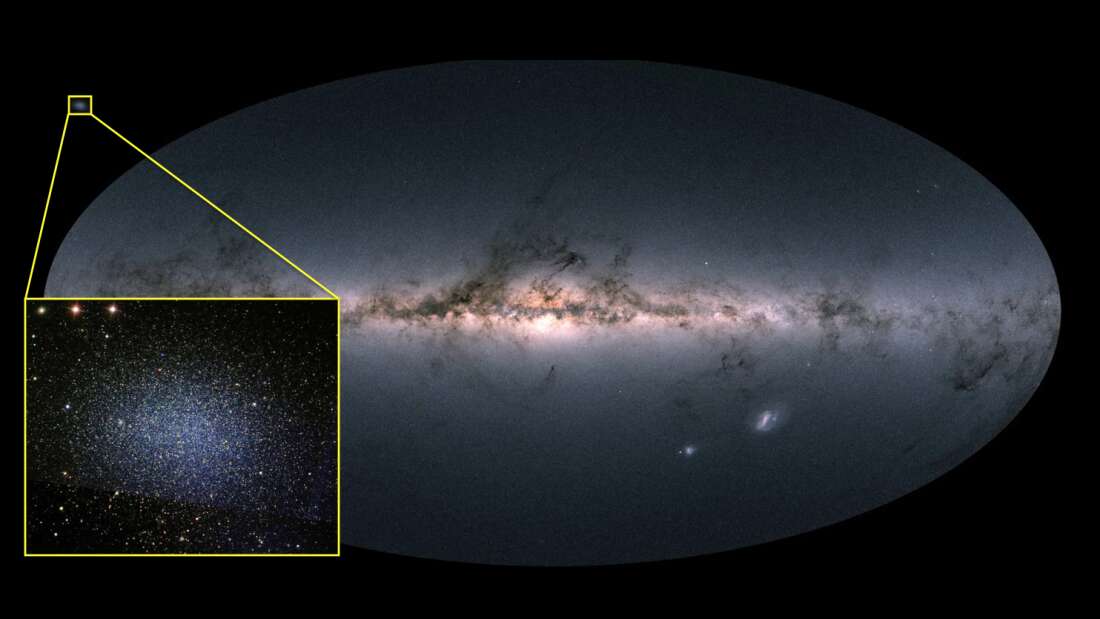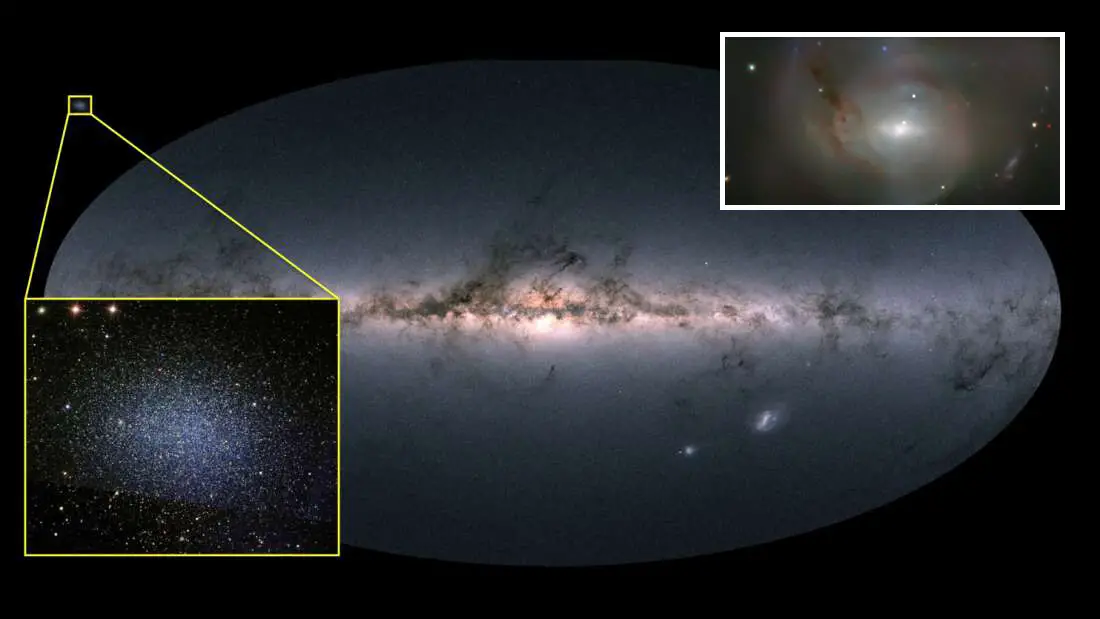Despite the fact that it is one among a large number of tiny galaxies that circle the Milky Way, Leo I is nevertheless quite uncommon. This tiny galaxy seems to be at the heart of a supermassive black hole with a mass equivalent to that of the Milky Way’s own supermassive black hole, Sagittarius A*, according to recent observations.
Our Sun has a mass of 4.15 million times that of Sagittarius A*, according to estimates. Although it is a massive object, it is insignificant when compared to the mass of the Milky Way, which is around one trillion solar masses.
Leo I is a dwarf spheroidal galaxy that is far smaller than the Milky Way, but according to a paper in The Astrophysical Journal, its supermassive black hole looks to weigh almost 3 million times the mass of our Sun.

Lead author Dr. Mara José Bustamante said that “there is no explanation for this kind of black hole in dwarf spheroidal galaxies.”
The researchers did not set out to discover a supermassive black hole, much alone one that may be very hefty in comparison to the mass of the host galaxy that it would be orbiting.
Astronomers have been attracted by Leo I because it seems to contain a small amount of dark matter, the supposed unseen component that preserves galaxies in excellent condition. The scientists made comprehensive measurements of the movement of the stars in this small galaxy and attempted to simulate the distribution of dark matter – but the model revealed a totally different picture from the data.
In the words of co-author Karl Gebhardt of the University of Texas at Austin, “the models are screaming that you need a black hole at the core; you do not actually need a lot of dark matter.”
This is a tiny galaxy that is collapsing into the Milky Way, and its black hole is almost the same mass as the Milky Way’s. ” The mass-to-weight ratio is quite high. “The Milky Way is the most prominent galaxy, and the Leo I black hole is nearly as large as it.”
The team believes that this discovery may provide an explanation for the emergence of supermassive black holes in huge galaxies, however additional observation will be required to have a deeper understanding of this galaxy.
Galaxies develop and change via mergers, and so do their supermassive black holes, which are also growing and evolving. In tiny galaxies, the occurrence of giant supermassive black holes may help to explain the tremendous magnitude of supermassive black holes seen in galaxies that are both bigger and heavier than the Milky Way.
This might explain how black holes form and expand in huge galaxies if the mass of Leo I’s a black hole is large enough.” “Gebhardt expressed himself. “That is because, when tiny galaxies like Leo I collide with bigger galaxies throughout time, the black hole of the smaller galaxy combines with the black hole of the larger galaxy, increasing the mass of the larger galaxy.”
A large number of additional tiny galaxies in the Milky Way’s vicinity will be observed by the team, with the goal of determining their dark matter profiles and supermassive black holes.

